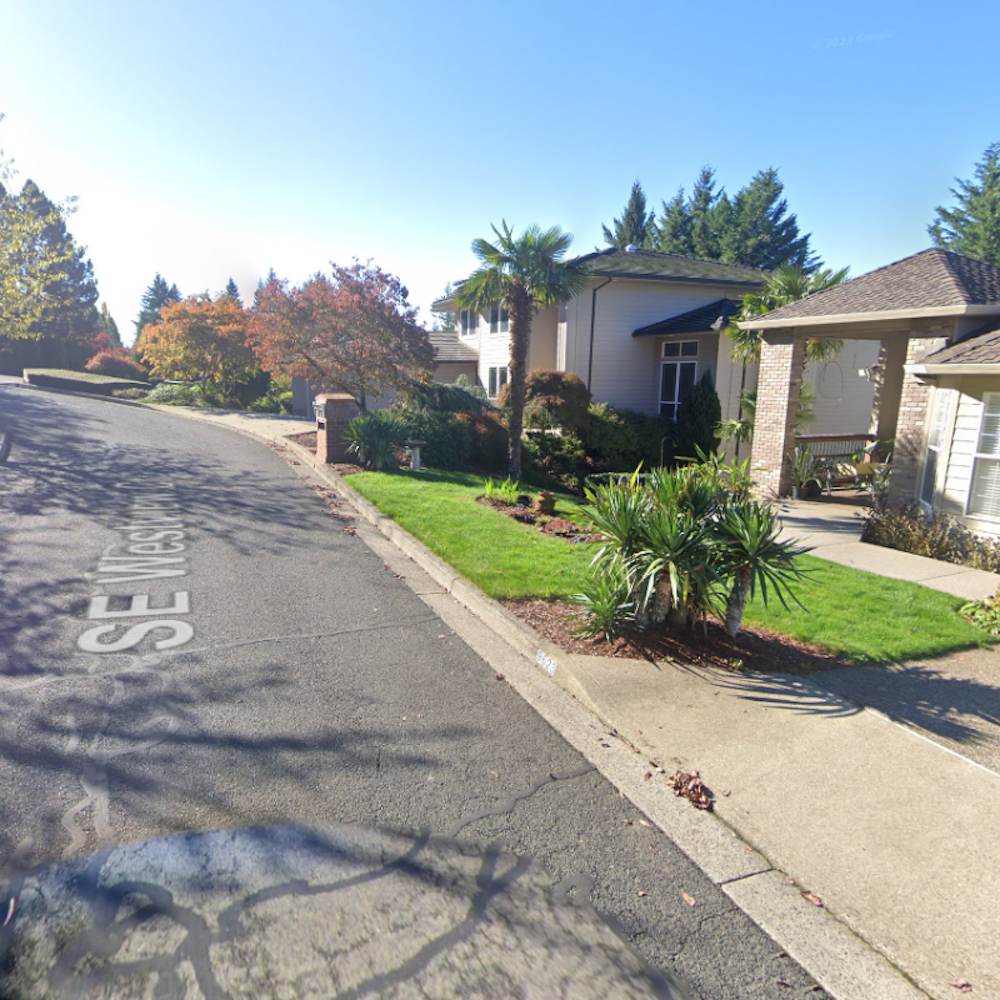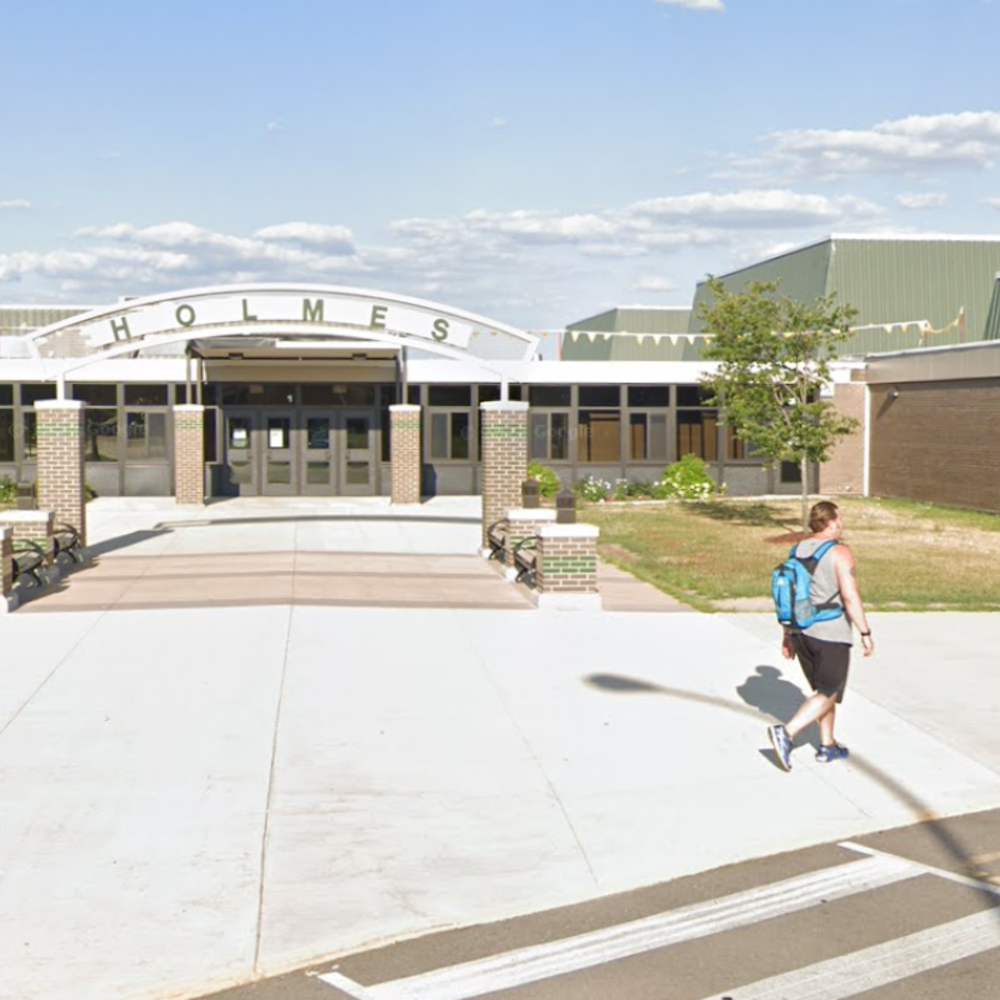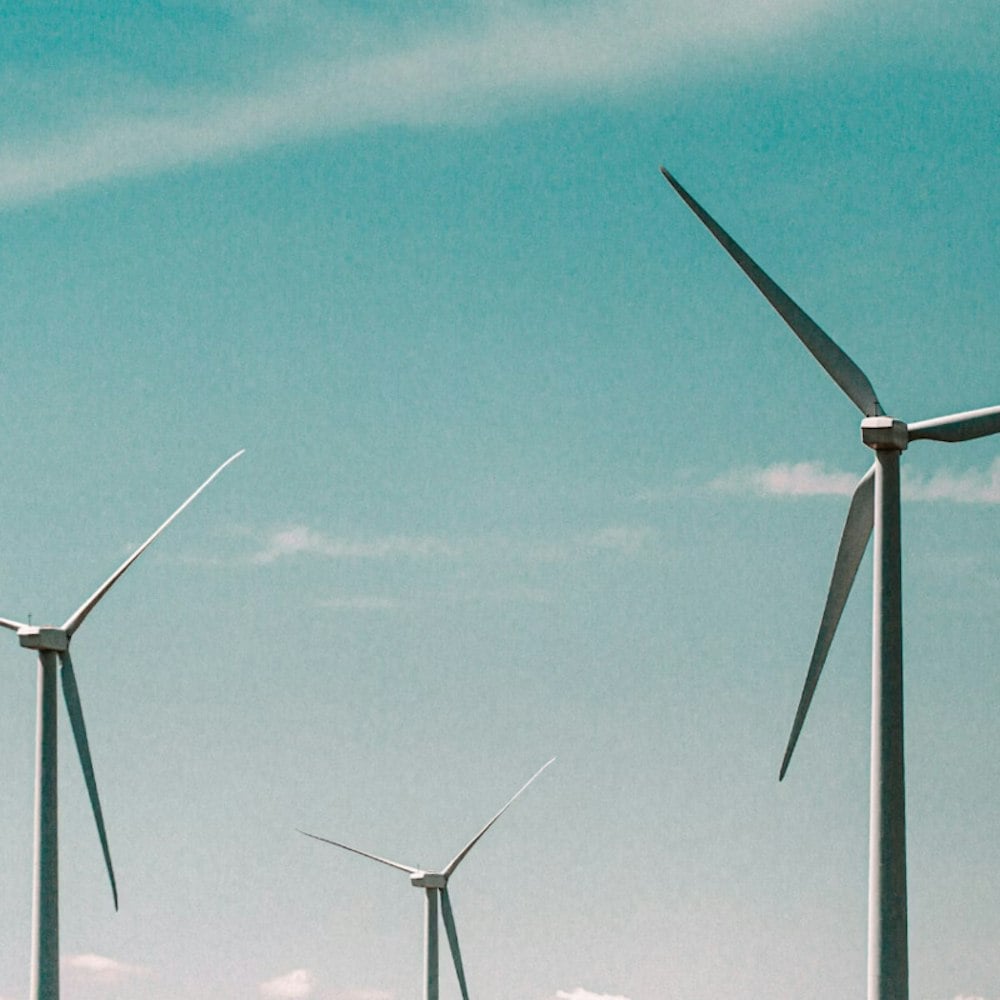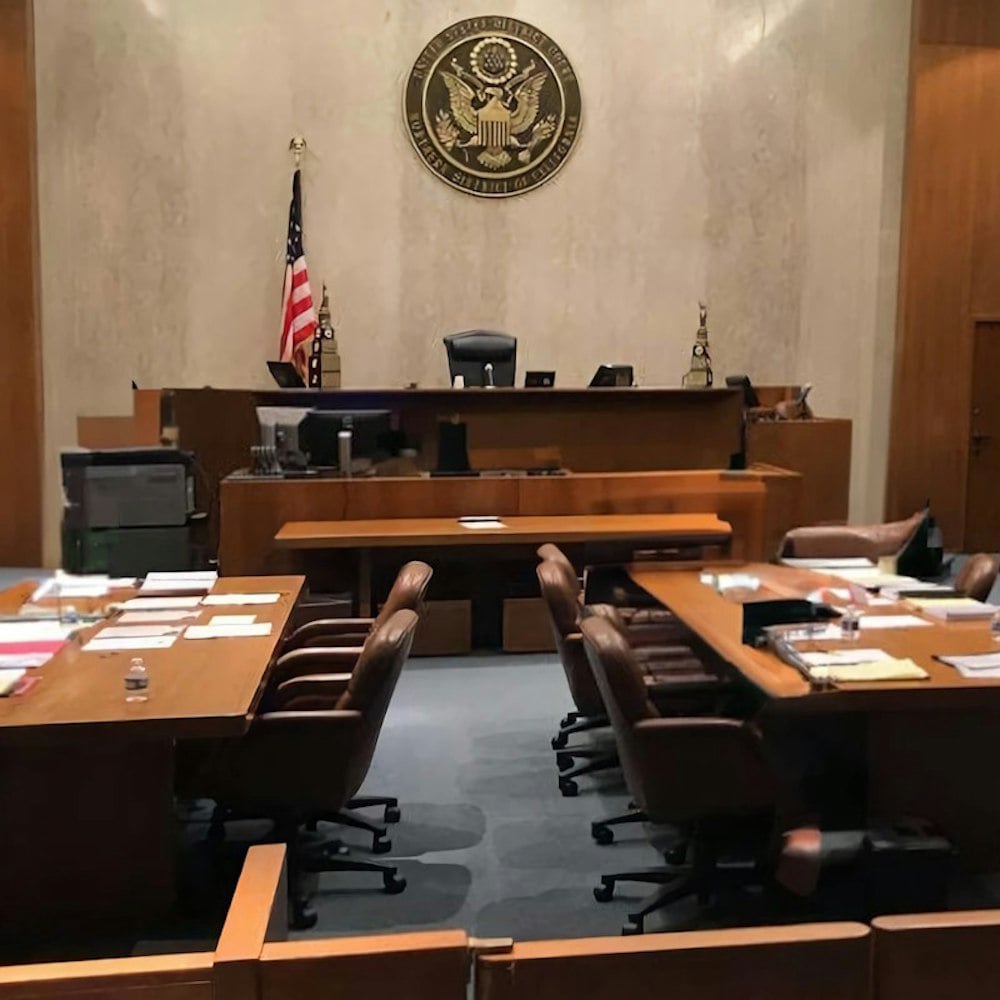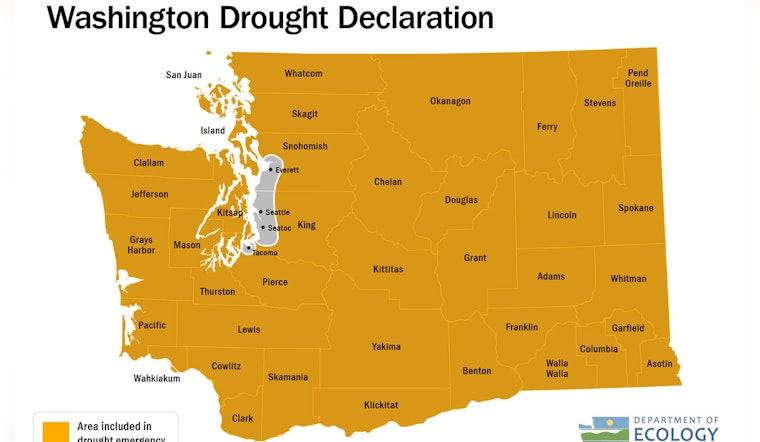
Thirsty for relief, Washington state officials have turned the tap on drought emergency declarations, spanning the crux of the region due to a paltry snowpack and bone-dry forecasts. The Department of Ecology has made the somber announcement that with winter's last gasps over and summer hot on our heels, the sparse snow and predictions of parched weather merit immediate intervention.
It appears that even a few late-season flurries, which padded the snowpack somewhat in February through April, were like a band-aid on a bullet wound, offering too little too late. Given the sharp decline in potential for meaningful snow accumulation, water reserves tucked away in the mountains and reservoirs are strained, setting the stage for a tough time ahead for all water consumers. According to Washington's Department of Ecology, these conditions have activated the need for emergency measures to avert the crisis before it tightens its grip.
Gov. Jay Inslee, via a worried tone, made it clear that the climate is rewriting the playbook: "As our climate continues to change, we’re increasingly seeing our winters bring more rain and less snow." The governor lamented to the Department of Ecology, “We depend on that winter snowpack to meet the needs of Washington’s farmers, fish, and communities during the dry summer months. And this year, it’s just not at the level we’re accustomed to and rely on.”
To quench the imminent thirst, Ecology is dangling a carrot in the form of up to $4.5 million in drought response grants for qualifying public concerns. “By moving quickly to declare a drought, we can begin delivering financial support to water systems with drought impacts, and work with water users to find solutions to challenges before they become a crisis,” declared Laura Watson, Ecology's director, reflecting the urgency of the situation. Unfortunately, the anticipated drought conditions emphasize the need to blend drought resilience into the state's water management strategies, as noted by Washington State Department of Agriculture Director Derek Sandison, working in cahoots with other agencies for drought mitigation.
On another front, the rivers aren't expected to flow with their usual gusto either, putting the region's fisheries in dire straits. Kelly Susewind, head of the Washington Department of Fish and Wildlife, voiced his concern: "With decreased snowpack and the potential for low flows and warmer water conditions this summer, it could be a difficult year for fish and other aquatic wildlife." He stressed, "We’re working together to mitigate drought impacts on fish, wildlife, and the habitat they depend on to survive."
Drought in Washington is rung in when water supply dips below 75% of normal and ushers in undue hardship. The emergency conditions open the floodgates for the distribution of drought response grants and the processing of emergency water right permits and transfers. The financial parachute isn't for all though, with Seattle, Tacoma, and Everett sidestepping the declaration thanks to their fuller reservoirs and robust water management fortifications.
This isn't the state's first rodeo with drought declarations. The one laid down in 2023 spanned a dozen watersheds, and despite a splash of rain last fall, weather oracles at Ecology cautioned that only an unusually soaker season could fill the void left by previous deficits. But the dreaded El Niño turned up the heat, stripping many a mountain bare in early winter. The 2023 drought declaration was aiming for a retirement date of June 30 this year, but these ill-starred conditions have forced a new, statewide extension into the next.


